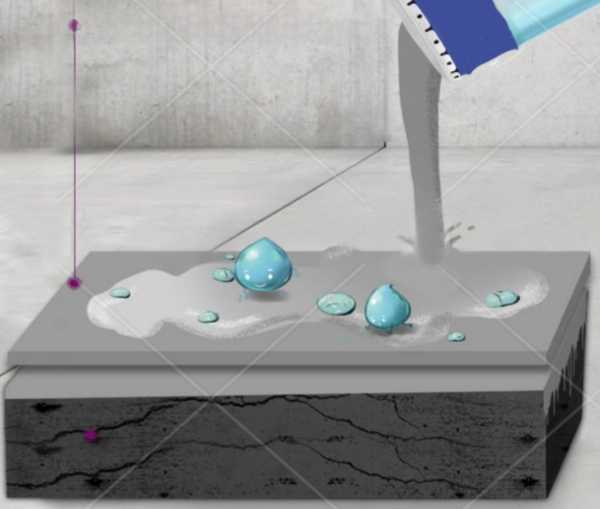In the field of exterior wall decoration, Fluorocarbon paint stands out for its exceptional performance and attracts significant attention. When it comes to using fluorocarbon paint for exterior decoration, the durability of its coating under various climatic conditions such as high temperatures, high humidity, and severe cold is a key concern for everyone. Let's explore this from a professional perspective.
The main component of fluorocarbon paint is fluororesin, which contains a unique C-F bond with a bond energy as high as 485 kJ/mol, one of the highest known bond energies in chemistry. This gives fluororesin strong intermolecular forces and a stable structure, endowing fluorocarbon paint with excellent weather resistance, chemical corrosion resistance, and low surface energy, laying the foundation for its durability under different climates.
During the hot summer, the surface temperature of exterior walls can reach 60 - 80°C, and in extreme cases, exceed 100°C. Studies show that after continuous exposure to 150°C for 1000 hours, the physical properties of fluorocarbon paint coatings, such as adhesion and hardness, change minimally, maintaining over 95% of their initial performance. In areas with perennial high temperatures, after 10 - 15 years of fluorocarbon paint application on building exteriors, the coating remains largely intact, with color changes not exceeding 5 CIELAB color difference units, and no significant chalking or peeling.

In regions where the relative humidity is consistently above 80%, ordinary paints are prone to moisture absorption, leading to problems such as bubbling, peeling, and mildew.
Fluorocarbon paint, with its extremely low surface energy and dense molecular structure, exhibits excellent water resistance and anti-penetration properties.
When tested in an environment with over 95% relative humidity and a temperature of 35°C for 5000 hours, the coating only shows slight bubbling, with the bubbling area being less than 5%, and the adhesion remains at level 0. In practical applications, its coating can remain undamaged for 15 - 20 years, effectively preventing moisture erosion.
In cold regions where winter temperatures are low, ordinary paints tend to become brittle and are prone to cracking and peeling due to external forces or thermal expansion and contraction. Fluorocarbon paint, however, has good low-temperature flexibility, with a glass transition temperature generally below -20°C. After 500 freeze-thaw cycles at -30°C, the coating shows no significant cracking or peeling, and the adhesion remains above level 1. In actual use, although the color may undergo minor changes after 15 - 20 years, the overall structure remains intact, providing continuous protection.
The durability of fluorocarbon paint coatings is also affected by construction techniques, coating thickness, and substrate treatment. If the substrate is not properly cleaned during construction, or if the coating thickness is improper, or if the wall's flatness and alkalinity do not meet requirements, the adhesion will be reduced, affecting durability.
Fluorocarbon paint generally has good durability under different climate conditions, typically lasting 10 - 20 years, but this can fluctuate due to various factors. When selecting and using fluorocarbon paint for exterior wall decoration, it is necessary to consider these factors comprehensively to ensure its full protective and decorative effect.

Copyright © 2025 Changzhou Benzhou Coating Co., LTD. All rights reserved. Privacy policy